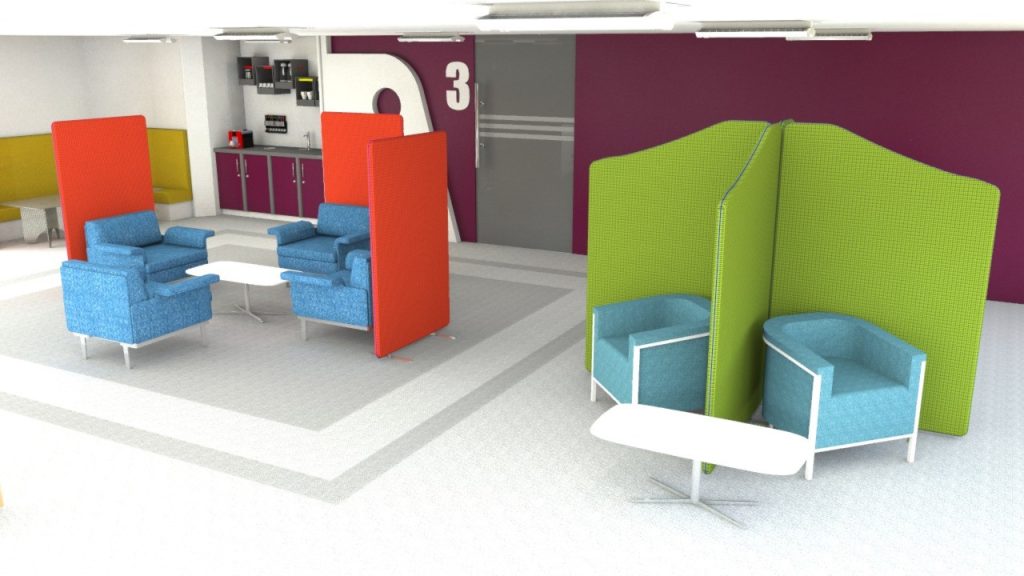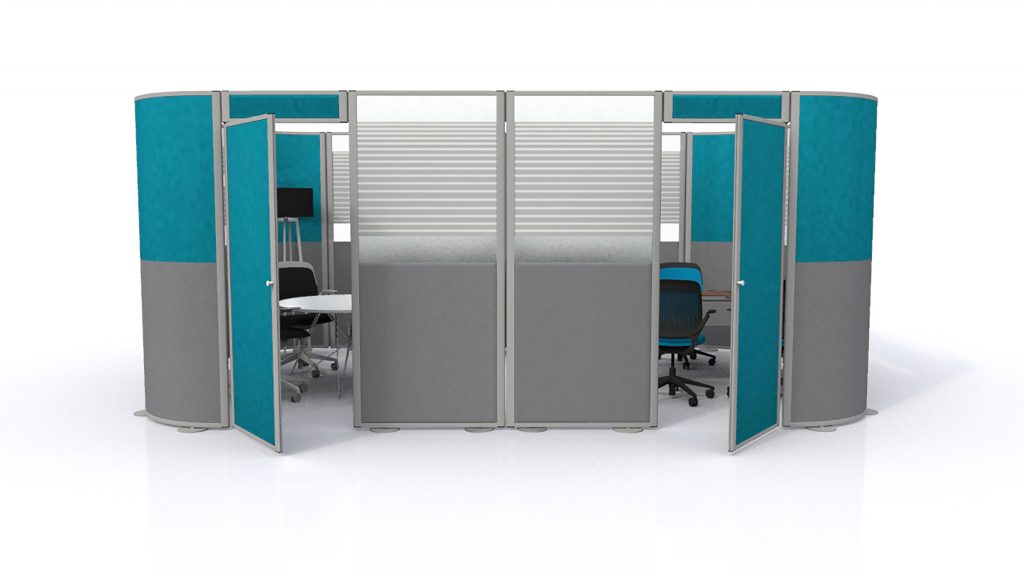Fostering Innovation: How British Manufacturers Can Compete on the Global Stage
As the ‘March of the Makers’ continues to grow and British manufacturers begin to re-enter the global stage, it is vital that sustainable plans are laid out to keep British manufacturing at the forefront of the industry. In a recent survey, 89% of British manufacturers said staying up to date with technology is important to success, yet of these, many do not have proper plans in place to adopt new technology or recruit the next generation of employees. Britain knows that it will never be able to compete with other countries in producing a high volume of products, but where it can truly excel is in innovation.
Innovation is a term which can be applied throughout British manufacturing and in particular is integral to technology as well as training and development. The major advantage for British manufacturers is the wealth of knowledge already available to them, the next step is to use this effectively to help the manufacturer to compete on the global stage. With a background in technological innovation, Britain is well placed to drive new demand by creating unique products which are not being developed anywhere else.
Utilising the skills of an educated workforce can be achieved primarily by channelling funding into research and development to create unique products. By focusing on high quality exports, British manufacturers can harness their reputation to create a distinctive and competitive market position. With products such as these, manufacturers can drive new growth and demand in both Britain and abroad. Focusing on goods which are of ‘customer-relevant quality’ is a reliable way to create quality products which are relevant for emerging markets.
A serious issue for some manufacturers has been their ability to retain talented staff and therefore an important component in succeeding is investing in the training and development of employees. Developing a company culture through compelling work environments can boost employee satisfaction as well as encouraging them to contribute more in the production process. Investing in retaining a workforce which is embedded in the organisation will help staff to understand the organisation’s goals and combining this with training and development programmes will encourage employees to grow with the manufacturer.
At Rap Industries the focus is on creating innovative products in a competitive market. In order to remain at the forefront, great emphasis has been placed on creating unique products, ideal for emerging markets. For example, the Switch Banner features an interchangeable base to create a banner stand where the graphics can be easily changed. This focus on innovation ensures it remains competitive and provides for ever changing customer demands.
#Innovation #Events #SwitchBanner


